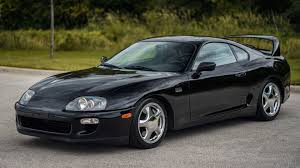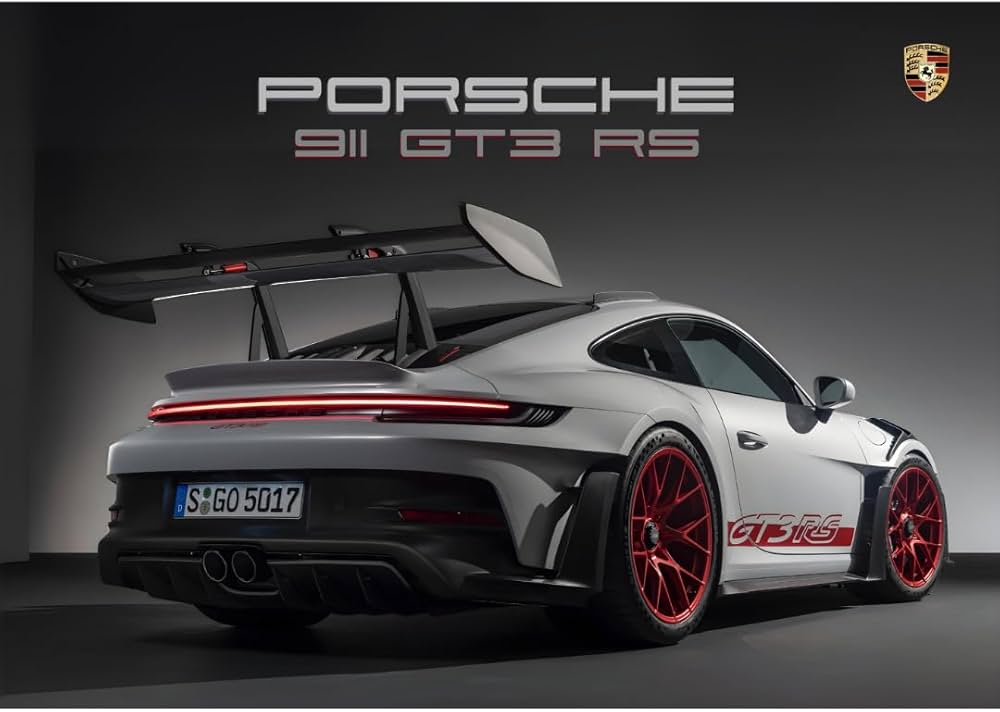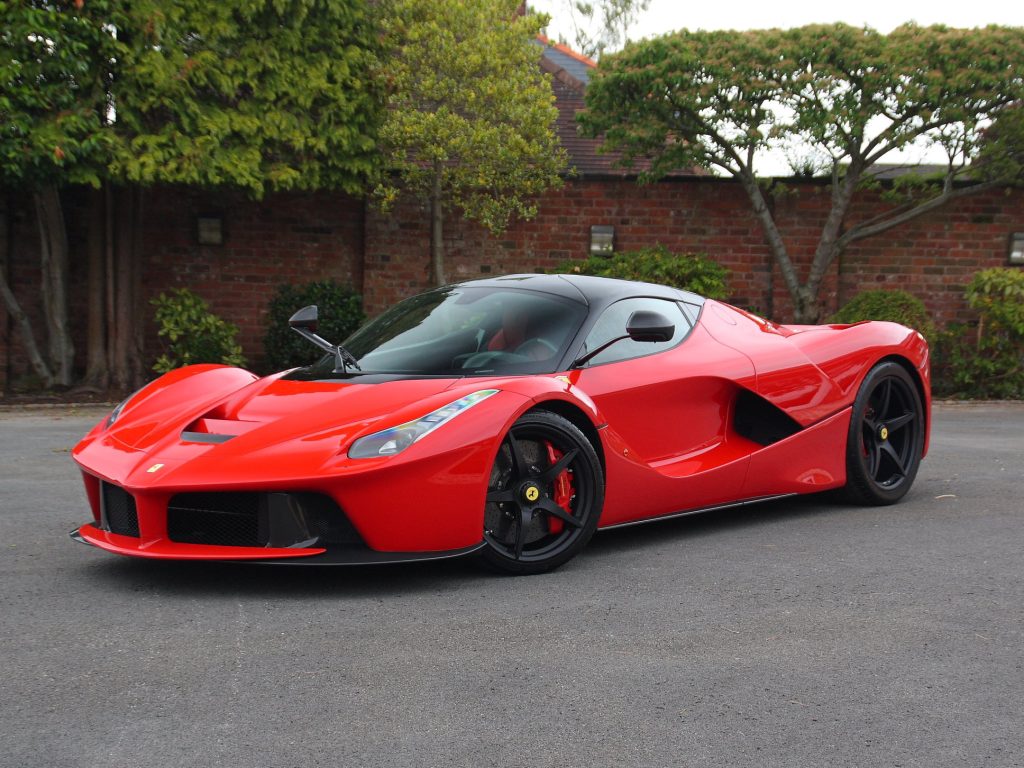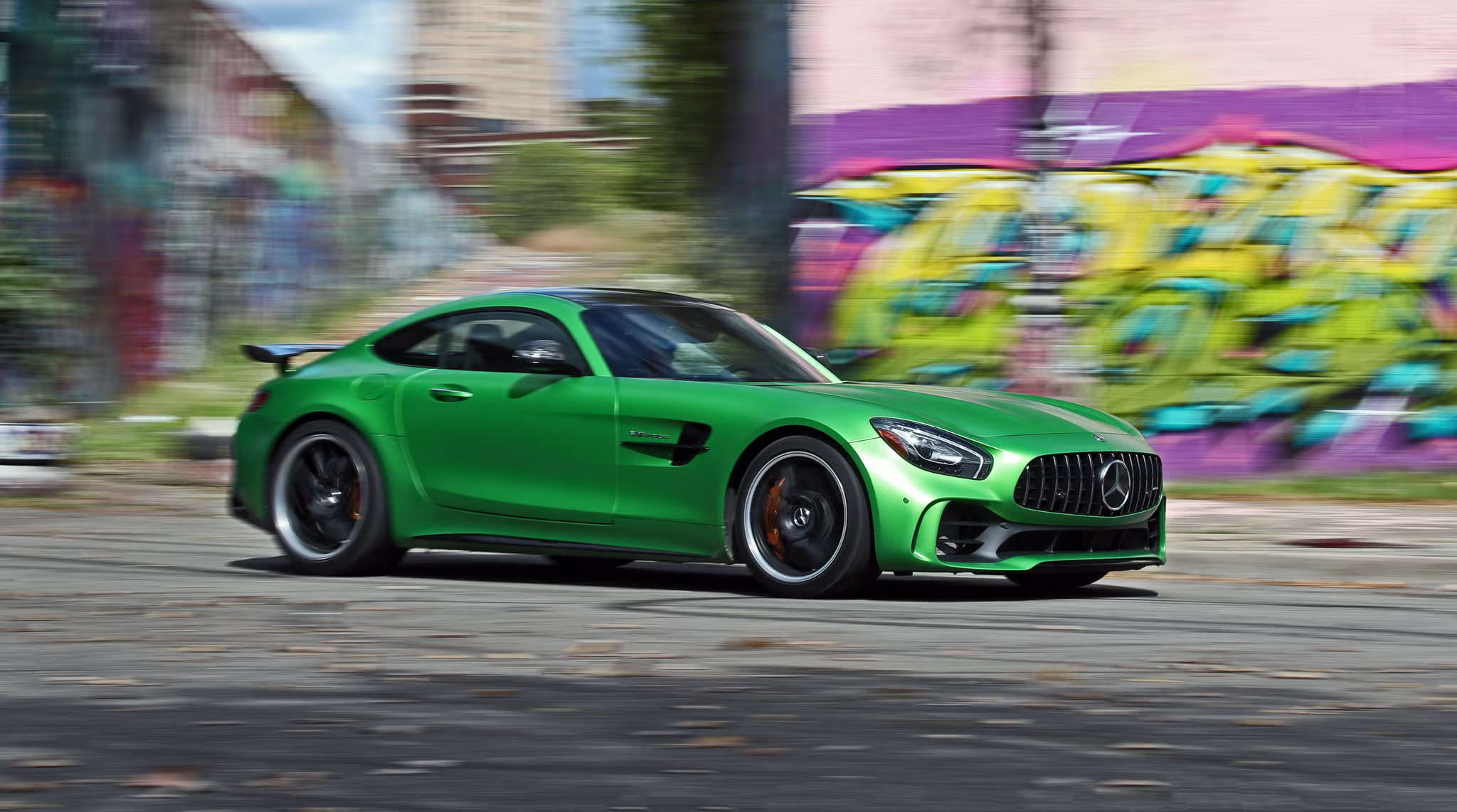TOP 5 CARS
- TOYOTA SUPRA

The Toyota Supra (Japanese: トヨタ・スープラ, Hepburn: Toyota Sūpura) is a sports car and grand tourer manufactured by the Toyota Motor Corporation beginning in 1978. The name “supra” is derived from the Latin prefix, meaning “above”, “to surpass” or “go beyond”.[3]
The initial four generations of the Supra were produced from 1978 to 2002. The fifth generation has been produced since March 2019 and went on sale in May 2019.[4] The styling of the original Supra was derived from the Toyota Celica, but it was longer.[5] Starting in mid-1986, the A70 Supra became a separate model from the Celica. In turn, Toyota also stopped using the prefix Celica and named the car Supra.[6] Owing to the similarity and past of the Celica’s name, it is frequently mistaken for the Supra, and vice versa. The first, second and third generations of the Supra were assembled at the Tahara plant in Tahara, Aichi, while the fourth generation was assembled at the Motomachi plant in Toyota City. The 5th generation of the Supra is assembled alongside the G29 BMW Z4 in Graz, Austria by Magna Steyr.
2. PORSCHE 911 GT3 RS

Porsche launched the RS version of the 911 GT3 at the Geneva Motor Show in 2015.[43] Compared to the 911 GT3, the front fenders are now equipped with louvers above the wheels and the rear fenders now include Turbo-like intakes, rather than an intake below the rear wing. The roof is made from magnesium. The interior includes full bucket seats (based on the carbon seats of the 918 Spyder), carbon-fibre inserts, lightweight door handles and the Club Sport Package as standard (a bolted-on roll cage behind the front seats, preparation for a battery master switch, and a six-point safety harness for the driver and fire extinguisher with mounting bracket).The car was nominated as one of the Britain’s best driver’s car 2014 by Autocar magazine.
The 3.8-litre unit found in the 911 GT3 is replaced with a 4.0-litre unit with 370 kW; 490 hp (500 PS) and 469 N⋅m (346 lb⋅ft) of torque. The transmission is PDK only. The drivetrain delivers 0–100 km/h (0–62 mph) in 3.4 seconds (0.6 seconds quicker than the 997 GT3 RS 4.0) and 0–200 km/h (0–124 mph) in 10.9 seconds. The 991 GT3 RS also comes with functions such as declutching by “paddle neutral” — comparable to pressing the clutch with a conventional manual gearbox — and Pit Speed limiter button. As with the 911 GT3, there is rear-axle steering and Porsche Torque Vectoring Plus with fully variable rear axle differential lock. The Nürburgring Nordschleife time is 7 minutes and 20 seconds.[44]
3. LAFERRARI

LaFerrari is the first full hybrid produced by the Italian automotive marque,[30] providing the highest power output of any Ferrari road car whilst decreasing fuel consumption by 40 per cent.[31] LaFerrari’s internal combustion petrol engine is a longitudinally rear mid-mounted Ferrari F140 direct fuel injected 65° V12 engine with a displacement of 6,262 cc (6.3 L) generating a maximum power output of 800 PS (588 kW; 789 hp) at 9,000 rpm and 700 N⋅m (516 lb⋅ft) of torque at 6,750 rpm,[32][2] supplemented by a 163 PS (120 kW; 161 hp) KERS unit (called HY-KERS), which provides short bursts of extra power.[33] The KERS system adds extra power to the combustion engine’s power output level for a total of 963 PS (708 kW; 950 hp) and a combined torque of 900 N⋅m (664 lb⋅ft). Ferrari claims CO2 emissions of 330 g/km. The engine’s bore X stroke is 94 mm × 75.2 mm (3.70 in × 2.96 in) with a compression ratio of 13.5:1 and a specific power output of 94 kW (128 PS) per liter. It is mated to a 7-speed dual-clutch transmission.
4. LAMBORGHINI AVENTADOR

Unveiled at the 2018 Pebble Beach Concours d’Elegance, the SVJ (Super Veloce Jota) is a track-focused iteration of the S and an improvement over the SV, with 900 units produced.[citation needed] The 6.5-litre L539 V12 engine used in the entire Aventador lineage was reworked and to generate a maximum power output of 770 PS (566 kW; 759 hp) at 8,500 rpm and 720 N⋅m (531 lb⋅ft) of torque at 6,750 rpm. Measures such as extensive use of carbon fibre, and titanium in the exhaust system brought the weight down to 1,525 kg (3,362 lb), giving the car a power-to-weight ratio of 0.5 hp/kg. The SVJ could accelerate from 0–100 km/h (0–62 mph) in 2.8 seconds and 0–200 km/h (0–124 mph) in 8.6 seconds with a top speed of 217 mph (350.0 km/h).
A camouflaged SVJ prototype driven by Lamborghini test driver Marco Mapelli set a new production car lap time of 6:44.97 around the Nürburgring Nordschleife in July 2018, beating the previous record-holder, the Porsche 911 GT2 RS.[46]
5. MERCEDES AMG GTR

The Mercedes-AMG GT is a series of 2-door sports cars produced by German automobile manufacturer Mercedes-AMG. The car was introduced on 9 September 2014 and was officially unveiled to the public in October 2014 at the Paris Motor Show.[1] While not directly replacing the SLS AMG (competing in a different segment), it is the second sports car developed entirely in-house by Mercedes-AMG. The Mercedes-AMG GT went on sale in two variants (GT and GT S) in March 2015, while a GT3 racing variant of the car was introduced in 2015. A high performance variant called the GT R was introduced in 2016. A GT4 racing variant, targeted at semi-professional drivers and based on the GT R variant, was introduced in 2017. In 2021, a new variant called the AMG GT Black Series was released. All variants are assembled at the Mercedes-Benz plant in Sindelfingen, Germany.
